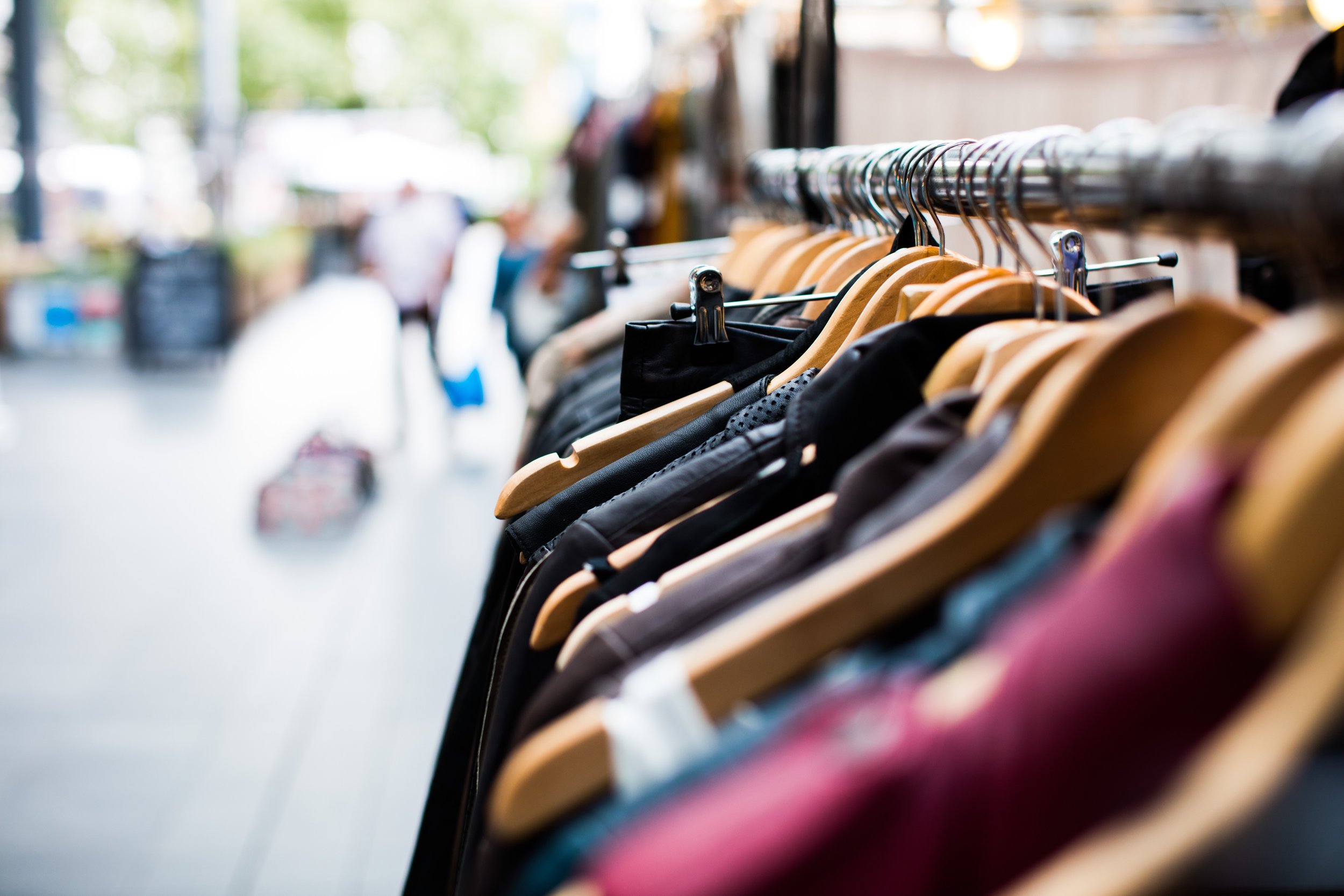With the abundance of fast fashion items circulating the market these days, it’s tempting to buy whatever is trendy and hope it lasts a few months.
But oftentimes, fast fashion product lines are made of poor quality fabrics that don’t last very long. From loose threads to hole patches, it's not unusual for these apparel to tear and fade after just a few wears.
It’s frustrating when this happens, and it can be tempting to buy a new one from the same store to replace it. But this creates a vicious cycle of buying and re-buying clothes that don’t last, and it ultimately wastes both time and money.
If you want to step out of this cycle, choosing the right clothes is essential—even if it costs you a little more upfront. Taking proper care of these high-quality fabrics can make these clothes last for upwards of 15 years or more, making them a worthy investment for the ages.
Here are five tips on how to buy clothes that will last.
1) Avoid bad-quality fabrics
Before making a purchase, inspect the material of the cloth fabric thoroughly. Feel it in your hands and fingers. Do you like the softness? Smoothness?
Everyone has their individual preferences, so if you don't like the fabric’s feel, it’s okay to look the other way.
If you're not familiar with the world of fabrics, fiber classification can be divided into three ways: animal fibers, vegetable, and man-made.
Animal fibers tend to be high-quality material that includes wool, silk, and cashmere. Vegetable fibers are plant-based fabrics made of linen and cotton. Man-made fibers are synthetically created in a laboratory setting.
As a rule of thumb, you'd want to get your hands on natural fibers. These are higher-quality, more expensive (due to being harder to obtain), and will last much longer.
On the other hand, avoid synthetics like polyester, acrylic, and rayon. These materials tend to fade much more quickly, often after just a few washes. They’re also incredibly harmful to the environment—so it’s best to avoid them in more ways than one.
2) Shop more selectively
Addressing the elephant of the room, the type of store you're shopping at also makes a big difference. Even if fast-fashion brands have hundreds of different types of clothes on their racks, the quality is often compromised to offer cheaper prices.
On the other hand, mature and formal brands may have a more modest inventory, but each piece exudes a special quality that no fast-fashion brand can match.
Regardless, you don't have to be a millionaire to get your hands on quality clothes. There are plenty of respectable stores like Maplestore that offer a great selection of well-crafted garments and shoes (like Red Wing) that are built to last without costing you a fortune.
3) Find balanced weaves
The way the fabric is woven also makes a difference in terms of quality and durability.
A good quality fabric will have an intricate and balanced weave, meaning the threads are evenly distributed. This is often an indicator that the fabric was sewn with care and meticulous amounts of detail.
On the other hand, a fabric with an imbalanced weave will have threads that are bunched up in some areas and loose in others. Due to a more uneven surface, this type of cloth is more likely to break apart and show wear and tear more quickly.
4) Aim for a consistent color job
Another way to check a fabric's quality is by looking at its color job. Good-quality apparel will have a consistent hue throughout the entire garment that won't wash away easily. If you see areas that get lighter or darker in color, that's an indication of a bad dye job.
This usually happens with cheaper garments as manufacturers try to save on costs. If you want to avoid that, you can test color quality by rubbing and pressing the inner layer of the garment with a damp, white towel.
If some coloring is transferred to the white cloth, it means your garment isn't properly cloth fastened and will eventually encounter a dyeing problem when washed.
5) Thicker is better
One way to tell a garment's quality is by inspecting its thickness. A thicker garment means a higher thread count, which ultimately means a more complex and superior build.
While the care label tag can offer a glimpse of the cloth's material, it's not the most dependable source of information. Instead, bringing the fabric up to a light source is a better approach to determine its quality.
If you can see through the shirt, it means that the garment is loose and frail. In other words, it's more likely to deteriorate faster.
Thicker fabrics, on the other hand, have tighter stitching, making them less likely to tear apart even under pressure.













